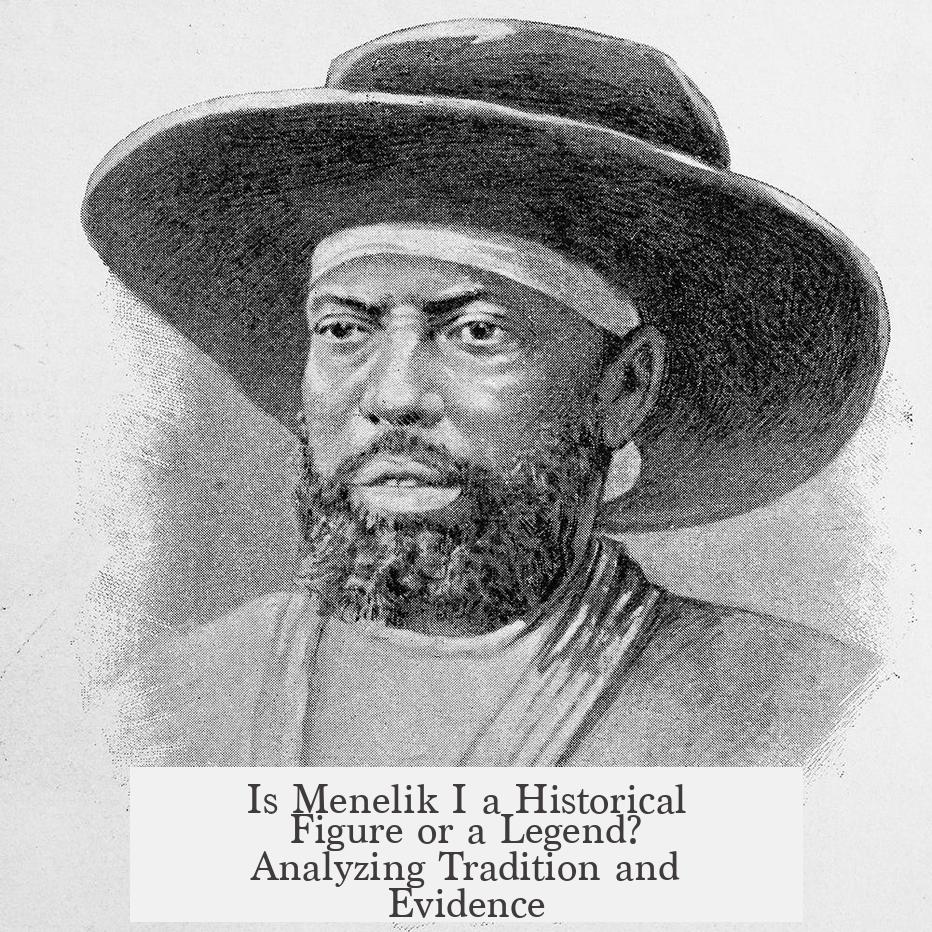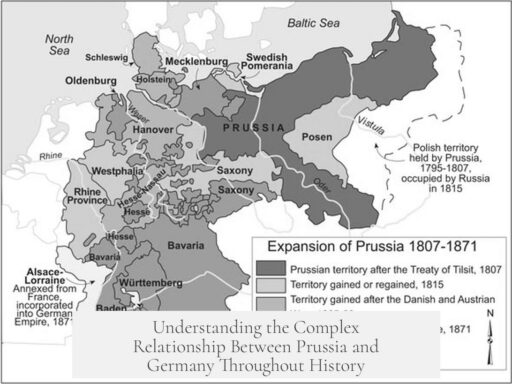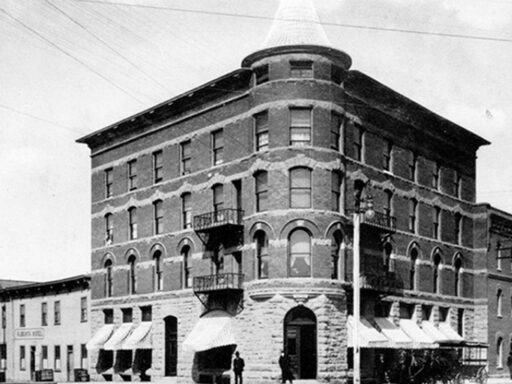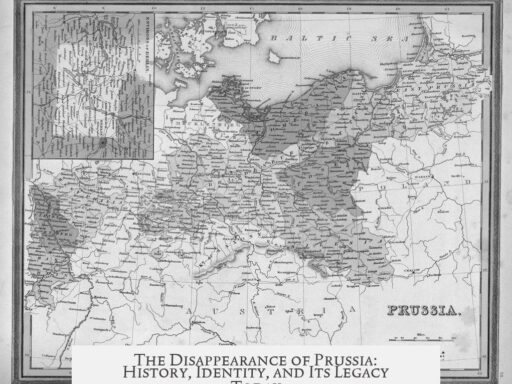Menelik I’s existence as a historical figure remains uncertain and debated. He is traditionally described as the son of the Queen of Sheba and King Solomon. This lineage forms a central part of Ethiopian tradition and the Solomonic dynasty’s legitimacy, but tangible historical evidence is limited.
Menelik I appears mainly in Ethiopian literature, particularly the Kebra Nagast, a 14th-century text. The Kebra Nagast narrates Menelik’s journey from Jerusalem to Ethiopia, where he reportedly brought the Ark of the Covenant. This account blends biblical history with local legend, making it hard to separate fact from symbolic storytelling.
Historians face challenges verifying Menelik I as a real person due to:
- Lack of contemporary records outside Ethiopian tradition.
- Origins of the narrative rooted in medieval religious texts.
- Absence of archaeological evidence confirming his reign or existence.
Modern scholarship often views Menelik I more as a mythical or legendary figure rather than a documented historical ruler. While he embodies Ethiopia’s claimed biblical heritage and national identity, the historical accuracy of his life story remains unproven.
Outside Ethiopia, few ancient written sources mention Menelik. The biblical references to Solomon and the Queen of Sheba do not explicitly confirm a son named Menelik. This silence in non-Ethiopian records suggests that his story might be an Ethiopian cultural construct to establish prestige and royal legitimacy.
Scholars typically approach Menelik I as a symbolic ancestor introduced to link Ethiopian royalty with biblical kingship. This connection strengthens Ethiopia’s historical narrative and religious traditions.
Menelik I’s status is thus primarily legendary, with no definitive historical proof to confirm his real-life existence. The discussion remains open among historians, bridging myth, religion, and national identity.
- Menelik I is a central figure in Ethiopian tradition, linking Solomon and Sheba.
- No reliable contemporary evidence confirms his historicity.
- His story is chiefly known from the Kebra Nagast, mixing history and myth.
- Modern historians generally consider him a legendary figure.
- His narrative reinforces Ethiopia’s cultural and religious identity.
Was Menelik I a Real Person? A Dive Into History, Legend, and Scholarship
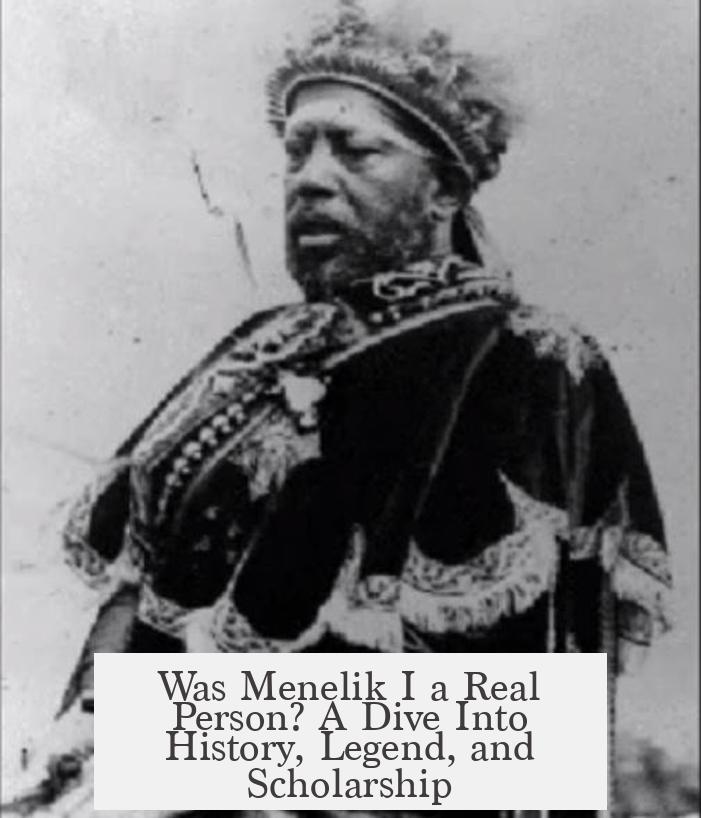
Here is the burning question many have pondered: Was Menelik I a real person? The name Menelik I often sparks curiosity, especially among those fascinated by ancient Ethiopian lore and biblical connections. To answer this, we need to peek beyond myths and legends and into both historical accounts and cultural stories.
Let’s get one thing straight from the start: historical evidence for Menelik I’s existence is scant. This isn’t just your average “I forgot the receipt” situation — it’s a complex mix of mythology and tradition with little archaeological or scholarly proof to firmly place Menelik I in the annals of history.
Who Was Menelik I According to Tradition?
Menelik I is often hailed as the legendary first Emperor of Ethiopia. His story pivots on a fascinating blend of biblical legend and Ethiopian lore. According to the Kebra Nagast (“The Glory of Kings”), a 14th-century Ethiopian text, Menelik I was the son of King Solomon of Israel and the Queen of Sheba. The tale goes that Menelik I journeyed from Jerusalem to Ethiopia, bringing with him the Ark of the Covenant—a sacred chest that supposedly contained the stone tablets of the Ten Commandments.
Now, doesn’t that sound like the plot of an epic blockbuster? Intriguing, no doubt. But is it historical fact? That’s where things get fuzzy.
The Historical Evidence, or the Lack Thereof
In a community post on /r/AskHistorians, users eagerly await an in-depth response on Menelik I’s existence. But the conversation remains cautious, providing procedural guidelines before releasing any firm verdicts. Crucially, no direct historical data or archaeological proof is cited there, just a respectful nod to the question’s importance.
Why is this? Because historians require concrete sources—texts, inscriptions, coins, or artifacts—directly linked to a person before crowning them “historical.” With Menelik I, such evidence is elusive. Most information comes from oral traditions and the Kebra Nagast, which mixes history, mythology, and religious storytelling.
Mythology Meets Community Memory
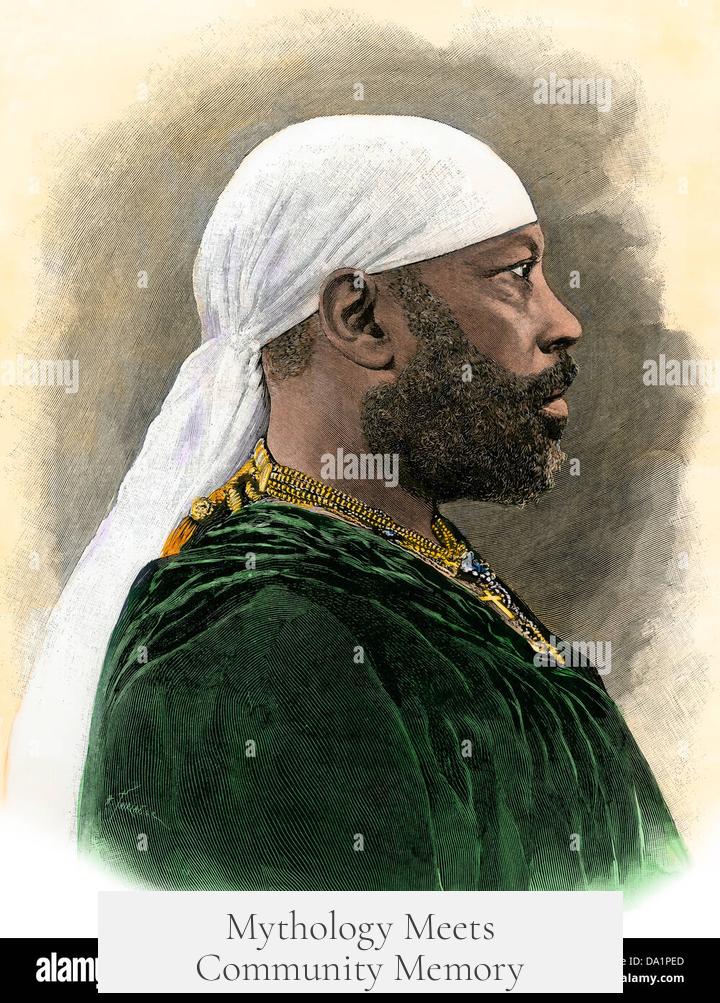
It’s critical to recognize that Menelik I’s story exists as more than just a legend; it’s a pillar of Ethiopian identity. This is a classic case where history and myth blend into a cherished narrative that has shaped national pride and cultural identity for centuries. The Ark of the Covenant, the Solomonic dynasty claim, and the connection to King Solomon tie Ethiopia to the biblical world in a unique way.
Can myths hold historical truths? Sometimes, but with caution. These stories offer insight into how societies view their origins, values, and destiny, even if the facts behind them can’t be verified.
How Should We Approach the Question Then?
If you’re looking for concrete proof of Menelik I’s existence, brace yourself: it’s a no-show in the archives. But if you want to understand why the legend persists and what it symbolizes, you’ve hit a rich vein.
- **Consider the Kebra Nagast** as a medieval text mixing fact and faith. It likely crafted a symbolic genealogy that bolstered the legitimacy of Ethiopia’s rulers.
- **Understand the power of oral tradition.** Stories passed down through generations preserve cultural memory, but not always precise factual history.
- **Recognize the limits of archaeology.** Ethiopia’s rich past awaits more discovery, and future finds could reshape current views.
Why Does This Matter Now? The Modern Impact of Menelik I’s Story
Today, the figure of Menelik I is not only a historical curiosity but a deeply embedded symbol of Ethiopian heritage. The Solomonic dynasty claimed descent from him until the 20th century. His tale transcends history classes—it’s part of spiritual life, political legitimacy, and cultural identity.
Think about it. How many nations have a founder myth that ties them to biblical royalty? This gives Ethiopians a unique, proud narrative, even if it blurs the line between myth and history.
What’s Next for the Curious Mind?
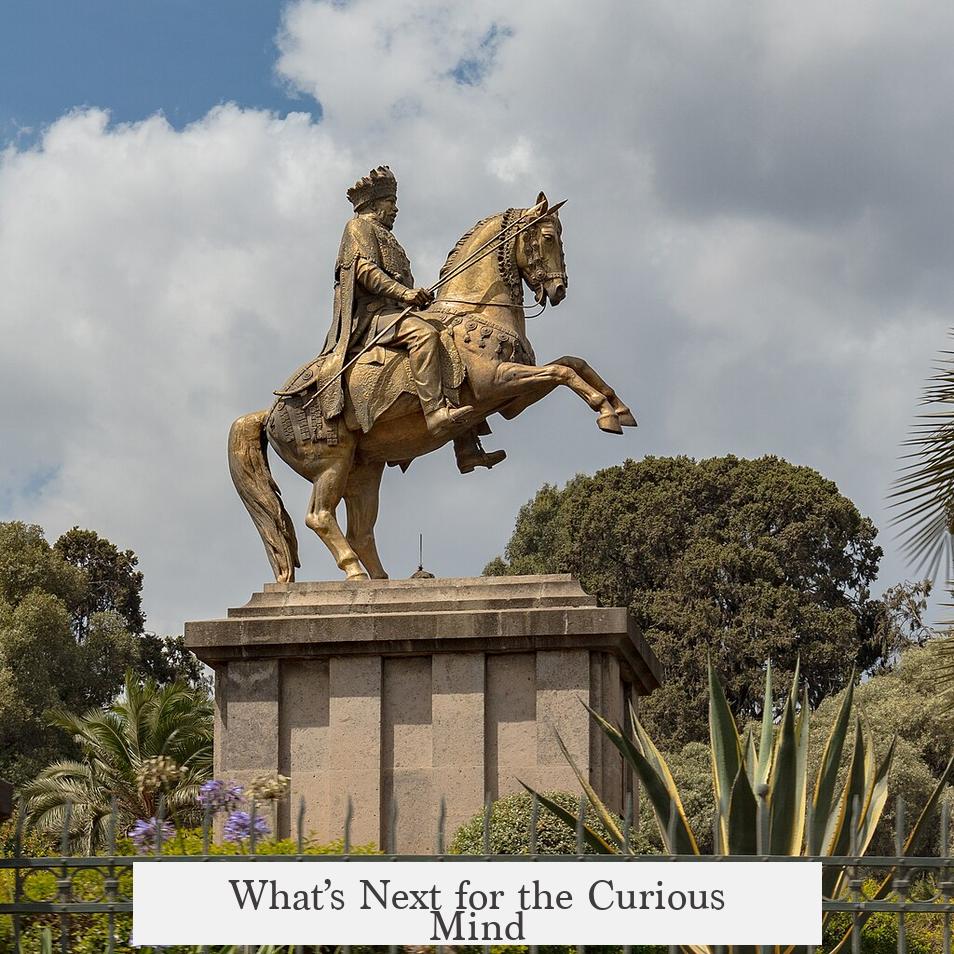
Wondering what reliable sources say? The community on platforms like /r/AskHistorians encourages patience. High-quality answers take time and careful research. Meanwhile, they recommend exploring other historical insights via their Twitter and weekly Sunday Digest.
The search for Menelik I is as much a journey into history as a reflection on how stories shape identity.
Final Thoughts: The Tale of Menelik I — Real, Legendary, or Both?
Menelik I’s status as a historical figure remains unproven but culturally priceless. The man behind the legend may never step out of the shadows of myth into the spotlight of hard fact. Yet, his story carries immense weight in Ethiopia’s national narrative.
Do you accept legends as a kind of history? Or do you prefer your history spiced purely with facts? How do you reconcile the two when they dance so closely? This question invites us to explore not just who Menelik I was, but how history and myth intertwine to build the stories we tell about ourselves.
So, was Menelik I a real person? The answer, for now, is wrapped in legend, awaiting more clues from the past. And who knows? With new discoveries on the horizon, that answer might evolve. Meanwhile, the tale remains one of the most fascinating intersections of history, faith, and identity anywhere on the globe.
Was Menelik I a confirmed historical figure?
No direct evidence confirms Menelik I as a historical figure. Discussions often blend legend and history, making his actual existence unclear.
Why is it hard to verify Menelik I’s existence?
Menelik I is linked to ancient Ethiopian traditions and mythology, but historical records from his time are scarce or nonexistent.
Where can I find reliable information about Menelik I?
Many wait for detailed academic answers on forums like /r/AskHistorians. Trusted history books on Ethiopia may also offer insights.
Are stories about Menelik I purely mythical?
His story mixes legend and possible historical elements. Scholars debate which parts, if any, reflect real events.
When might more definitive answers about Menelik I appear?
Some communities suggest patience. In-depth research and expert answers take time, so updates might come later on dedicated platforms.

